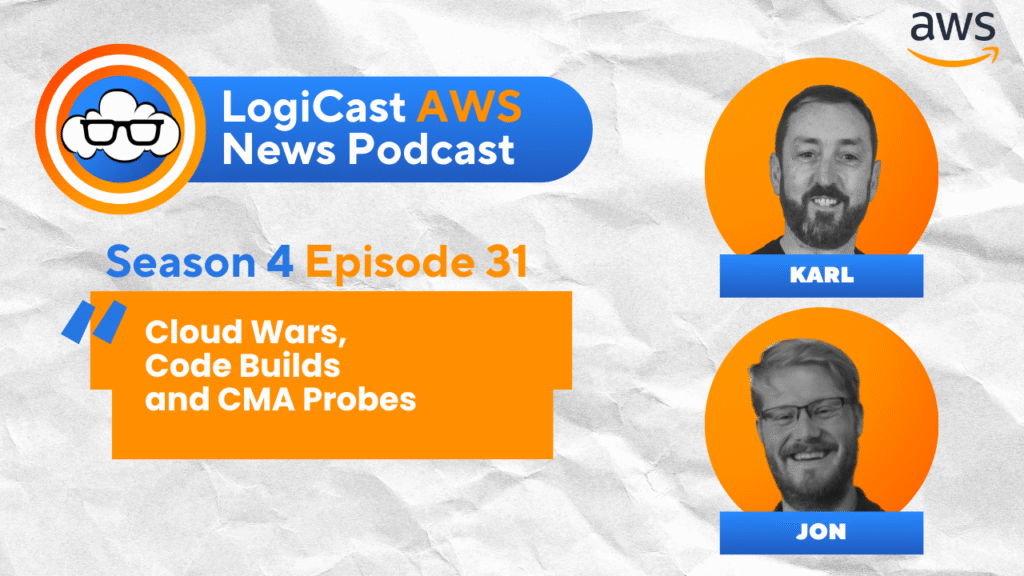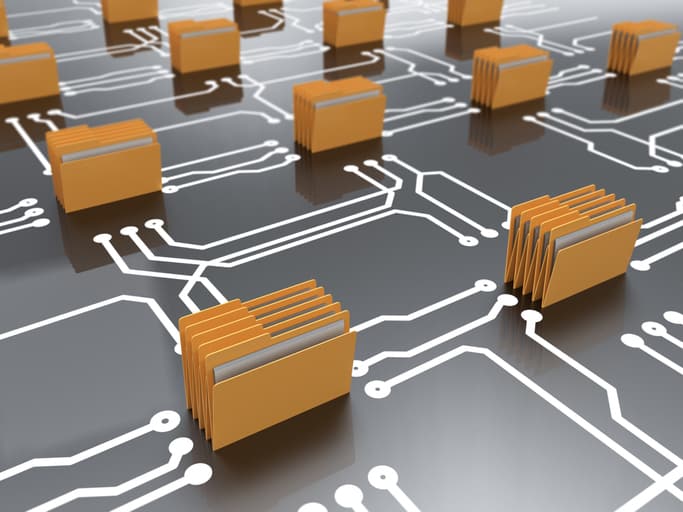
Logicata AI Bot
November 18, 2025
The Logicata AI Bot automatically transcribes our weekly LogiCast AWS News Podcasts and summarises them into informative blog posts using AWS Elemental MediaConvert, Amazon Transcribe and Amazon Bedrock, co-ordinated by AWS Step Functions.
In this special episode of LogiCast, host Karl Robinson and co-host Jon Goodall welcomed guest Loïc Fournier, a senior technical account manager at AWS, to discuss database optimization and cost management using AWS tools. The conversation centered around two of Loïc’s recent blog posts, delving into the capabilities of AWS Compute Optimizer for databases and the new pricing features in Amazon Q.
Optimizing RDS and Aurora with Compute Optimizer
Loïc explained that AWS Compute Optimizer, traditionally associated with EC2 instances, now supports database optimization for Amazon RDS and Aurora (MySQL and PostgreSQL). This feature came in response to customer demands for easier database optimization.
Prior to this update, optimizing databases was a time-consuming process involving manual metric collection and analysis. Loïc emphasized that Compute Optimizer uses machine learning to analyze about 30 hours of metrics, providing recommendations in a fraction of the time it would take to do manually.
Key points about Compute Optimizer for databases:
1. Focus on Performance: While cost optimization is a benefit, the primary goal is to ensure optimal performance for workloads.
2. Recommendation Categories: Compute Optimizer classifies resources as optimized, not optimized, or idle.
3. Graviton Recommendations: For MySQL and PostgreSQL, Graviton instances are often recommended due to their cost-performance benefits.
4. Idle Database Detection: Compute Optimizer can identify truly idle databases, allowing for potential cost savings through stopping or scaling to zero.
The discussion touched on Aurora Serverless v2, which now scales to zero. Loïc mentioned it takes about 15 seconds to scale up from zero, which led to a debate about its suitability for different use cases. While it may not be ideal for all production workloads, it could be beneficial for applications with intermittent usage patterns.
Overprovisioning Trend
Loïc shared his experience that about 80% of the time, databases are overprovisioned. This often stems from customers carrying over on-premises mindsets to the cloud, where they provision for long-term growth rather than leveraging cloud elasticity.
Storage Considerations
The conversation also covered storage options like gp2 and gp3. Loïc noted that while officially, io1 and io2 are recommended for production, Compute Optimizer can help determine the most suitable storage type based on actual usage patterns.
Amazon Q for Pricing Insights
Transitioning to the second topic, Loïc introduced the new AWS pricing capabilities in Amazon Q Developer. This feature allows users to ask natural language questions about AWS pricing and receive instant, accurate cost insights.
Key benefits of using Amazon Q for pricing:
1. Accurate, Up-to-date Information: Q draws from AWS APIs, ensuring the latest pricing data.
2. Simplified Region Comparisons: Easily compare costs across different AWS regions.
3. Service Availability Checks: Quickly determine which services are available in specific regions.
4. Complex Scenario Analysis: Compare costs for different architectural choices (e.g., Lambda vs. Fargate for batch processing).
Loïc emphasized that unlike general-purpose LLMs, Amazon Q provides precise, current pricing information directly from AWS sources.
Future Developments
Looking ahead, Loïc hinted at upcoming features, including the integration of the AWS Pricing Calculator with Q, which could allow for more sophisticated analysis of existing workloads and their potential costs in different scenarios.
Conclusion
As AWS continues to innovate in the realm of cost optimization and database management, tools like Compute Optimizer and Amazon Q are becoming increasingly sophisticated. These advancements offer AWS users more intuitive ways to optimize their resources and make informed decisions about their cloud infrastructure.
With re:Invent 2025 on the horizon, the AWS community can look forward to potential announcements in cloud financial management and further enhancements to these tools. As always, stay tuned to LogiCast for the latest AWS news and insights.
This is an AI generated piece of content, based on the Logicast Podcast Season 4 Episode 43.





